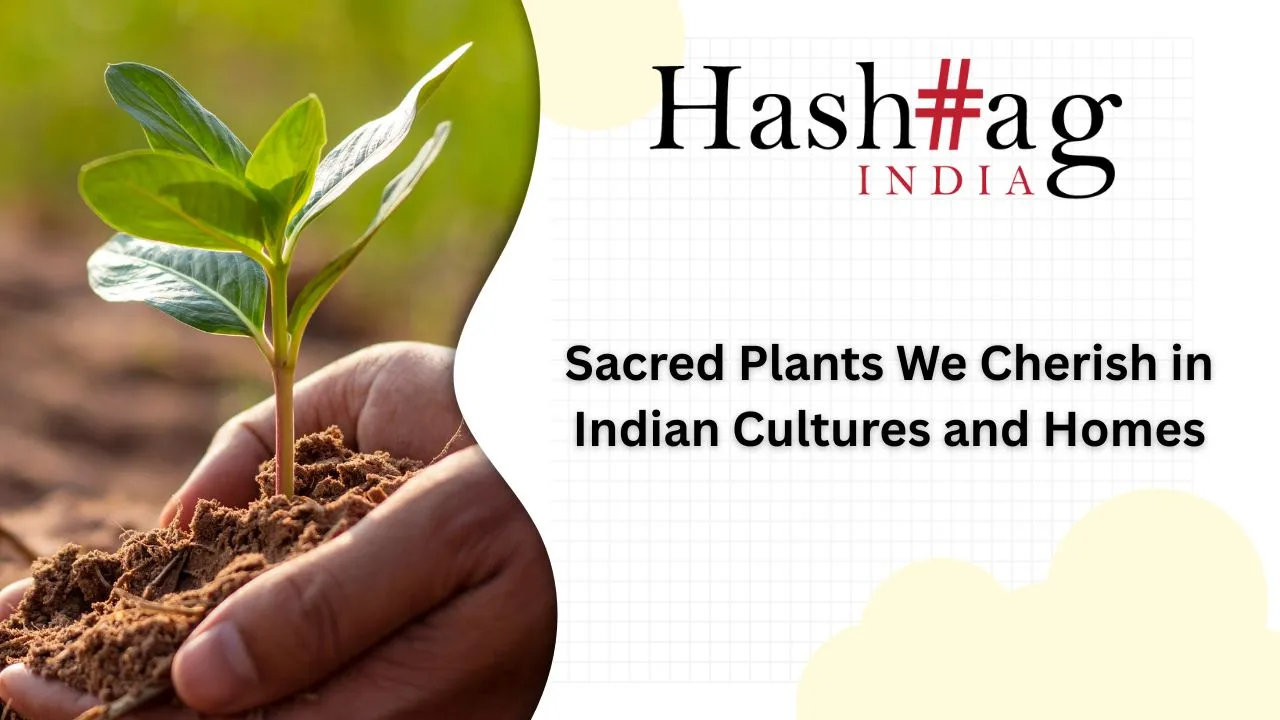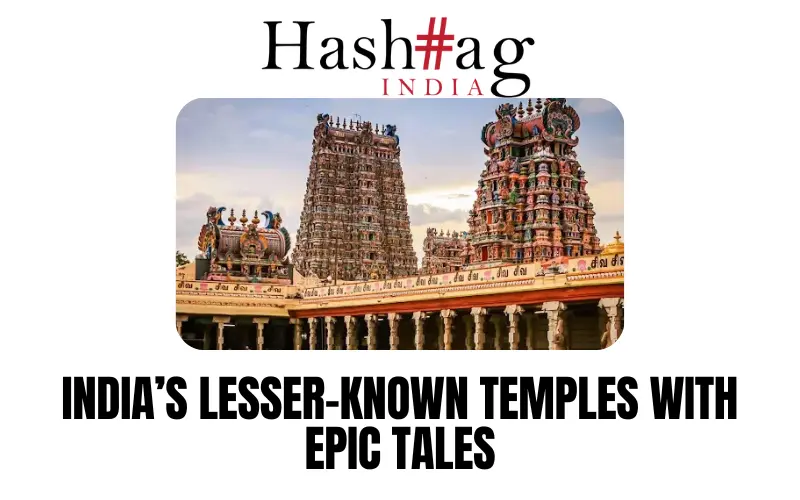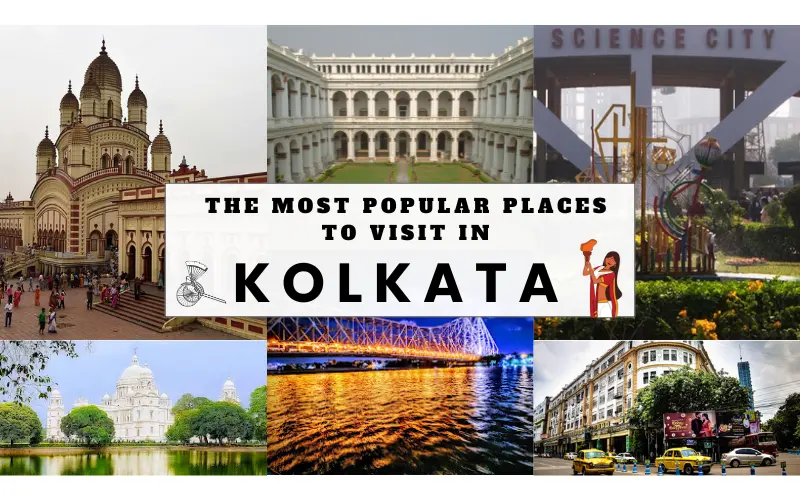In ancient times, no city was thought to be built as beautiful as Varanasi. It is one of the oldest cities in the world dating back to the 11th century. For many centuries, the city has been attracting pilgrims from all across the world due to its traditions and culture, which have been passed on over centuries.

In this place, one can witness the rituals of life and death being performed on the Ghats. One can find in this place, ancient temples of high spiritual and devotional values, ashrams, narrow lanes of amazing food stalls, and shops known for Banaras Sarees. From bathing in the Holy Ganges to touring the oldest temples, there is a lot to do in the city of temples.
1. Visiting the Kashi Vishwanath Temple
Kashi Vishwanath Temple is one of the Jyotirlingas and the oldest temples in Varanasi, located on the bank of the river Ganges. Varanasi is considered to be the home to Lord Shiva and Parvati, Thousands of devotees visit this temple throughout the year to seek the blessings of the lord.

There are many beliefs that true devotees achieve freedom from death by worshipping Lord Shiva in Kashi. Next to the Kashi Vishwanath Temple, there is Annapoorna Temple, Dundiraj Vinayak Temple, and Gyanwapi which is frequently visited by the devotees. Other popular temples in Kashi are Durga Temple, Ankatha Temple, Kalabhairav Temple, Tulsi Manas, Sankatmochan, and Bharat Mata Temple.
2. Take a bath in the Ganges

The Ganges is a sacred river, and it is believed that the river washes away our sins. When you visit Kashi, you will see devotees chanting prayers every morning and evening. Cremations near the Ganges are also a tradition in Varanasi because it is believed that the cremation on the banks of the river will free the soul from the cycle of death and rebirth.
You can also go on a boat ride to witness the beautiful view during the sunset on the river.
3. Witness the magnificent Ganga Aarti

One of the best things to do in Varanasi is watching the evening aarti on the Ghats. It is an enlightening experience in Varanasi and the ghats get crowded during the aarti time. It is better to go to the place early. The soulful sounds of aarti last about 20-30 minutes during which the priests perform, blow horns, flower petals, bells, and incense to the holy river.
4. Take a tour of the major Ghats

There are 88 Ghats in the beautiful city of Varanasi. The ghats are considered to be holy places. Most of them are for bathing and other ceremonies. The popular one amongst them is Dashashwamedh Ghat located close to the Vishwanath Temple. It is believed that Lord Brahma sacrificed ten horses while performing the Ashwamedha Yajna here.
The Manikarnika Ghat is one of the popular ghats in Varanasi. According to the legend, Lord Shiva’s earrings (Manikarnika) fell into the pit which was dug by Lord Vishnu using his Chakra.
Another legend says that Parvati hid her earrings at this site to keep Shiva from travelling around the world. You can go on a morning boat ride on the river Ganges along these ghats and ask the rower to tell their stories.
5. Shopping in Varanasi

Shopping in Varanasi is exquisite, with many things to buy, like the famous Banarasi Silk Sarees, a bottle of holy Ganges water to keep in your home, Rudraksha Malas, shiva lingams, and other beads. Walk through the narrow streets of Varanasi and explore popular shopping areas like Vishwanath Lane, Thateri Chowk, and Godowilia.
6. Food in Varanasi

The many food specialities in Varanasi include Kachori served with aromatic Aloo Curry, a popular breakfast dish, Gopal Mandir Gali’s Choora Matar, a popular evening time snack, Deena Chaat Bandar’s Tamatar Chat, a mouth-watering dish served with Palash leaves. You can also try the famous sweets of Banaras which are Jalebi, Banarasi Pan, and Malaiyyo or Nimish.
7. Visit Sarnath

The popular Buddhist pilgrim spot called Sarnath is just 10 km away from the city. Sarnath is a place where Lord Buddha preached about achieving enlightenment for the first time. There are a lot of structures that have been built by the kings who followed Buddhism.
There is also Dhamek Stupa which is considered a very sacred place for Buddhists. It is said that Buddha’s remains have been cremated and the ashes were divided and buried under eight mounds. King Ashoka rebuilt the Dhamek Stupa.
8. Visit historical places in Varanasi

There are many historical spots in Varanasi like the Benaras Hindu University founded by Sanskrit Scholar Madan Mohan Malviya. There is also Bharat Kala Bhavan Museum where you can walk through the gallery of Indian paintings dating back to the 11th Century. There are almost 12,000 paintings in the museum. The popular Ramnagar Fort built in the 17th century, located across the Assi Ghat is also a popular place to visit in Varanasi.
9.Festivals in Varanasi

There are many festivals celebrated in Varanasi throughout the year. During October or November, people celebrate the homecoming of Lord Ram to Ayodhya. Maha Shivaratri is also a popular festival celebrated here, thousands of devotees across the world come here to celebrate this magnificent night of Shiva.
At Sarnath, you can witness a colourful fair when Buddhists from across the country gather here to celebrate the birth of Lord Buddha on Buddha Purnima. The other popular festivals celebrated here are Ganga Festival, and the Ram Leela festival which happens for an entire month.
Conclusion: Varanasi is the best place with spiritual significance and is recognized for its divine power. Almost 70 lakh people visit this place every year and the city has so much to offer. The journey to Kashi is worth remembering for a lifetime and will help attain salvation.





























